The views expressed in our content reflect individual perspectives and do not represent the authoritative views of the Baha'i Faith.
It is not a matter of saving the natives. It is rather, a matter of saving oneself. – James Baldwin
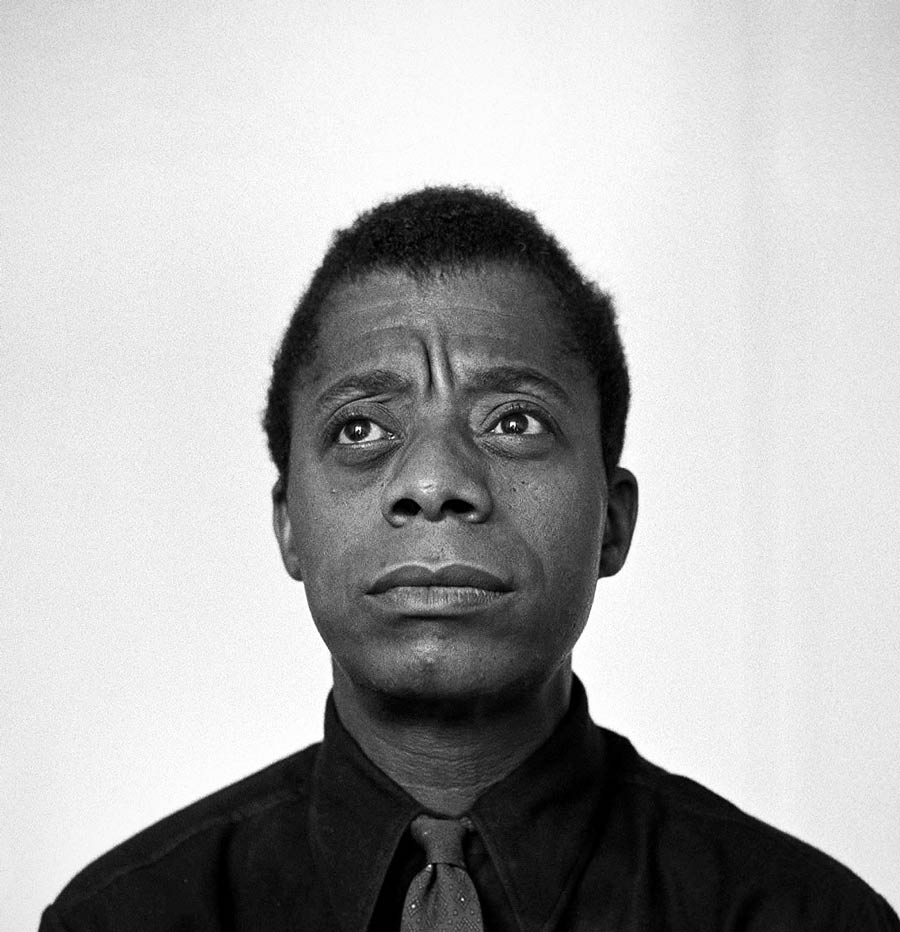
James Baldwin
There are moments—fleeting, evanescent, and ephemeral—when a word or phrase can suddenly change a face wreathed in smiles, to one burdened by a sorrow and pain so ancient and deep, that it seems to have come from another time, passed down from one generation to the next—an inheritance of invisibility, of erasure and neglect.
Such was the case when I asked an older black resident of Corsicana about the peculiar statue in the children’s playground less than a mile away from where I was staying. There are moments—fleeting, evanescent, and ephemeral—when a word or phrase can suddenly change a face wreathed in smiles, to one burdened by a sorrow and pain so ancient and deep, that it seems to have come from another time, passed down from one generation to the next—an inheritance of invisibility, of erasure and neglect.
I had come to this small city in southeastern Texas as an artist in residence, sponsored by a partnership between leaders of the African–American community of east Corsicana, and an Atlanta–based arts magazine. I had come to meet the people of the plains, to look into their eyes, to bear witness to their stories and to render those experiences through art.
I had no idea that my presence would spark a conflagration of emotions amongst some in the community, which would reveal deep–seated conflicts about race, concealed beneath a veneer of silence.
The Sunday before I was scheduled to leave Texas and return to Atlanta—after completing my month long stay—the residency program hosted an open house for community members and supporters of the arts. It was mid–afternoon on a Sunday when guests began arriving at the renovated industrial building that served as studio and living quarters for the three resident artists. The oak floors creaked as stylish heels and flat bottoms navigated the large airy rooms. Children, liberated from the restraining hands of their parents, ran up and down the stairs. The smell of slow–brewing coffee and fresh pastries hung low in the air.
I was to be the first artist amongst my cohort to present. Sunlight flooded my third–story loft as a large, diverse crowd gathered to learn about the project I was developing, and to listen to a reading by the gifted resident novelist. As I prepared to be introduced—my nerves fluttering inside me like a flock of feral pigeons—I looked at the faces of those gathered.
Among the crowd, there was black, white, young, old, rich, poor, male and female. I felt a deep sense of gratitude for being in this inclusive space, and I thought about the irony of it. Nearly 100 years ago this same room served as the meeting place of the local branch of the Ku Klux Klan. This disparate gathering of artists, art enthusiasts, professionals, laborers, civic leaders, and curious onlookers served as a kind of cleansing of a poisoned architectural space—a baptism of a debauched interior and I thought of the timeless words of the prophet Isaiah:
Every valley shall be exalted, and every mountain and hill brought low. The rough places will be made plain; the crooked places made made straight, and the glory of the Lord shall be revealed and all flesh will see it together. – Isaiah 40:4-5.
I thought of the penetrating words of Abdu’l-Baha:
In reality all are members of one human family—children of one Heavenly Father. Humanity may be likened unto the vari-colored flowers of one garden. There is unity in diversity. Each sets off and enhances the other’s beauty. – Abdu’l-Baha, Divine Philosophy, p. 25-26.
Following my presentation—which included a dramatic performance, and a preview of several large–scale charcoal drawings of members of Corsicana’s African–American community which will eventually constitute a sprawling installation—I shared some reflections on the significance of this event, how it represented an opportunity to build community and plant the seeds for lasting, enduring friendships. I talked about the importance of choosing to put ourselves in unfamiliar spaces in order to cultivate relationships with our neighbors.
I also talked about the “gorilla in the cage,” and how this problematic image was a source of pain for many people in the African–American community. I talked about the countless images of incarcerated black and brown men that have flashed across television screens, and how an ill–conceived work of art could unintentionally reinforce racist stereotypes.
As the gathering wrapped up, I shook hands, hugged necks, and exchanged contact information with several people. Some cried; others beamed with smiles; and many expressed a desire to work across cultural lines to strengthen the community. I may have come to Corsicana to make art, but it seems that God had a deeper purpose—one I could not have anticipated or predicted.
The day before I was to leave Corsicana, one of the other residents informed me that the city had decided to remove the controversial statue. I was stunned. My colleagues and I had merely expressed our concerns about the optics of the loaded object. I made no demands on the local government nor did I insist they take any specific action. Nevertheless, I was gratified to know that what was shared by myself and others within the community—both black and white—had served as a catalyst for the city to address the issue.
Later that day, I received a phone call from one of the leaders of the Corsicana–based organization that had partially funded my residency. It was the same older African–American whose countenance turned bleak when I asked her about the statue. She was overjoyed. I could not see her face, but I could tell she was smiling—and truth be told, so was I. In that moment I knew that no statue or work of art is more valuable than any single human being, especially when that object is tethered to a painful and demeaning history. In an astonishing poem, Abdu’l–Baha beautifully articulated how carefully we should guard against causing pain to any soul:
Unless ye must,
Bruise not the serpent in the dust,
How much less wound a man.
And if you can,
No ant should you alarm,
Much less a brother harm.
– Selections from the Writings of Abdu’l-Baha, p. 256.
It wasn’t until I returned to Atlanta that I began to receive hateful messages via Facebook accusing me of being a racist and of fomenting discord in a community that was “free” of racism. Several of the individuals warned me never to return to Corsicana—saying that I would be sorry if I did. I had read similar sentiments before in the vile letters sent to Dr. Martin Luther King Jr., threatening his life and accusing him of stirring up trouble between “negroes” and whites. Sadly, it’s a familiar story; shocking at first, but ultimately predictable. In some sense I felt a deep and abiding solidarity with all those who have suffered—to varying degrees—for the preservation of human dignity and equality. I felt the enduring strength of my ancestors: the prophetic voices of Malcolm and Martin; the courage of Fannie Lou Hamer and Rosa Parks; the quiet, steely dignity of Nelson Mandela and Mahatma Gandhi; and the irrepressible will of Harriet Tubman. This was a way of paying my dues and demonstrating, in deed, my commitment to what I said I believed in. If the price demanded of me to advance the oneness of mankind was a few nasty messages then I would gladly endure it again and again.
In its statement titled “A Vision of Race Unity,” the National Spiritual Assembly of the Baha’is of the United States wrote:
Racism is the most challenging issue confronting America. A nation whose ancestry includes every people on earth, whose motto is E pluribus unum, whose ideals of freedom under law have inspired millions throughout the world, cannot continue to harbor prejudice against any racial or ethnic group without betraying itself. Racism is an affront to human dignity, a cause of hatred and division, a disease that devastates society. – National Spiritual Assembly of the Baha’is of the United States, The Vision Of Race Unity, p. 1.
Dr. King also described racism as a disease, likening it to “a sickness unto death.” Baha’is believe that the disease of racism—this cancerous malignancy of the soul—requires the hand of a skilled physician to cure it, and that in this moment in history, the teachings of Baha’u’llah constitute the divine elixir that holds the cure for the body politic. The wise patient, invested in their healing, must first acknowledge the presence of the malady, and their inability to root it out on their own. Once this state of evanescence has been reached—this gradual emptying of the self, this acquisition of true humility—then and only then can the healing medication be applied. Ignoring the disease—pretending that it does not exist—only prolongs the illness and leads to more suffering. God’s prescriptive remedy is always timely—always perfectly designed to address the needs of the moment. May we all choose, in this day, to face the scourge of racism with courage; to speak up when the moment demands; to love truth more than we do silence; to value the discomfort required of growth more than the deceptive evils of apathy and indifference; to cherish the well–being of our neighbors more than we do the selfish dictates of the ego; and to seek to demonstrate, through action, the reality of our interdependence and our interconnectedness. Such is the path towards healing. Such is the road to a noble life.
All human creatures are the servants of God. All are submerged in the sea of His mercy. The Creator of all is one God; the Provider, the Giver, the Protector of all is one God. He is kind to all; why should we be unkind? All live beneath the shadow of His love; why should we hate each other? There are certain people who are ignorant; they must be educated. Some are like children; they must be trained and educated until they reach maturity. Others are sickly, intellectually ill, spiritually ill; they must be treated and healed. But all are the servants of God. – Abdu’l-Baha, The Promulgation of Universal Peace, p. 169.


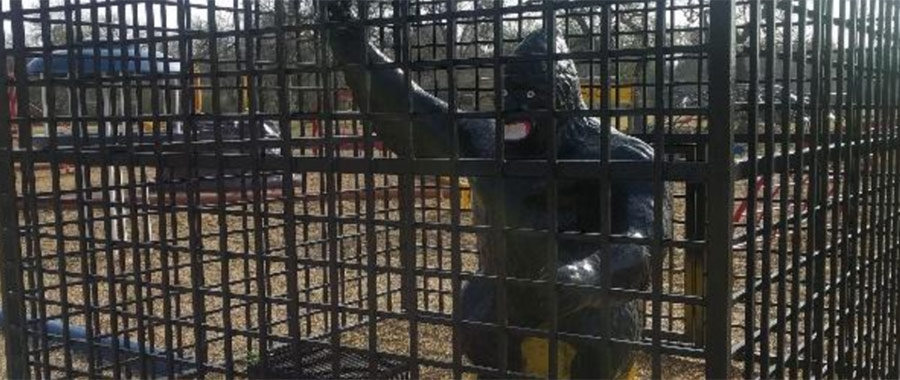
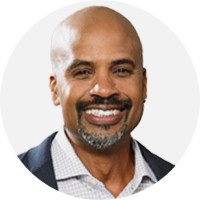
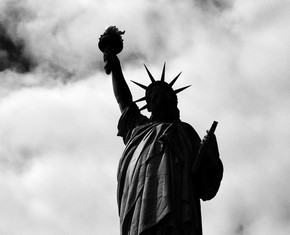

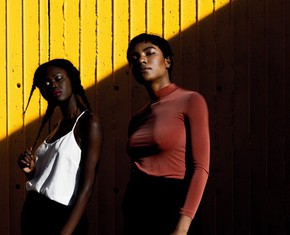









Comments
Sign in or create an account
Continue with Googleor